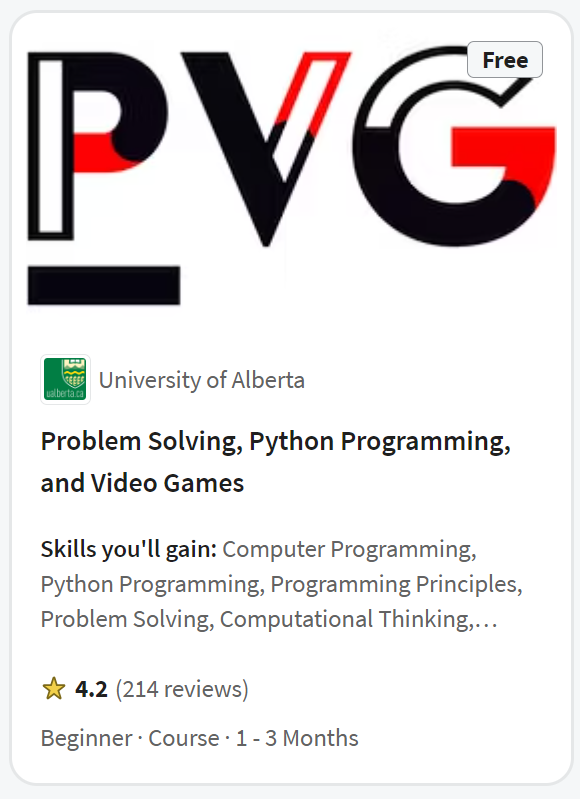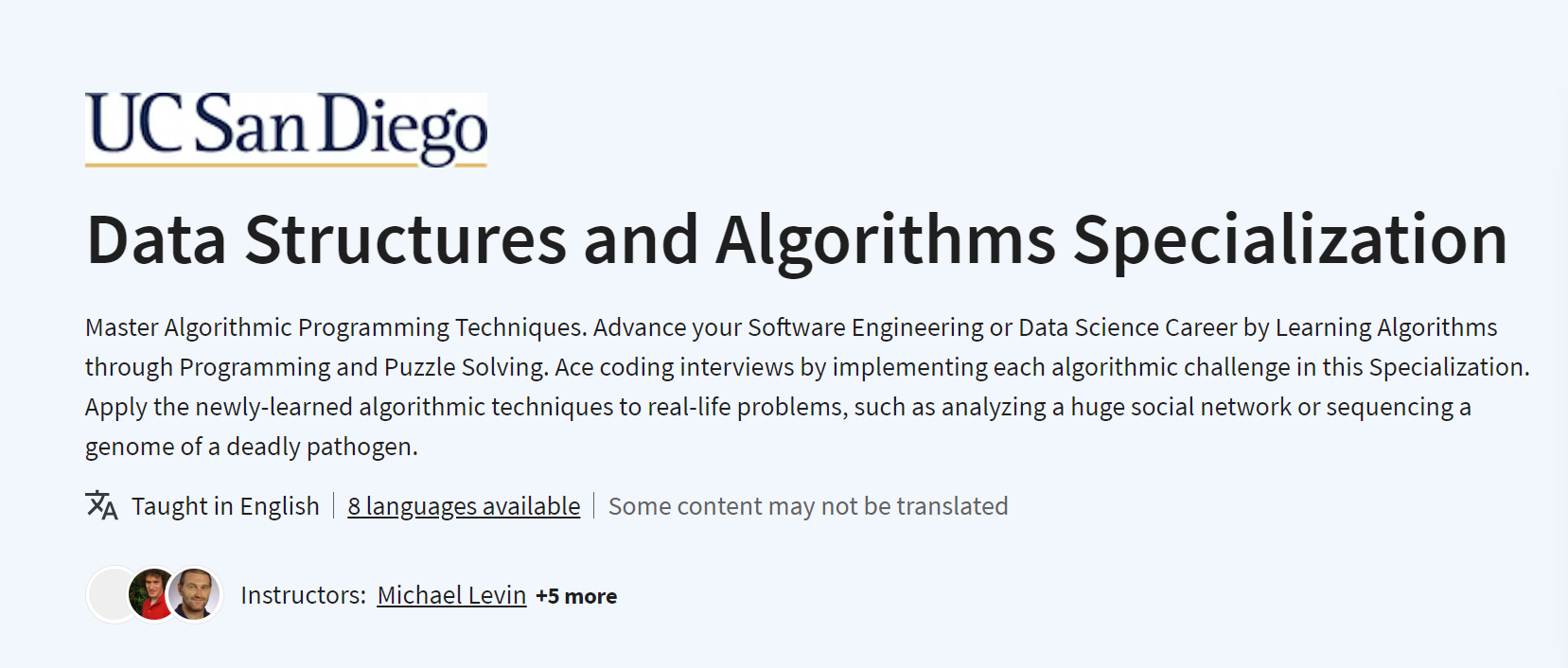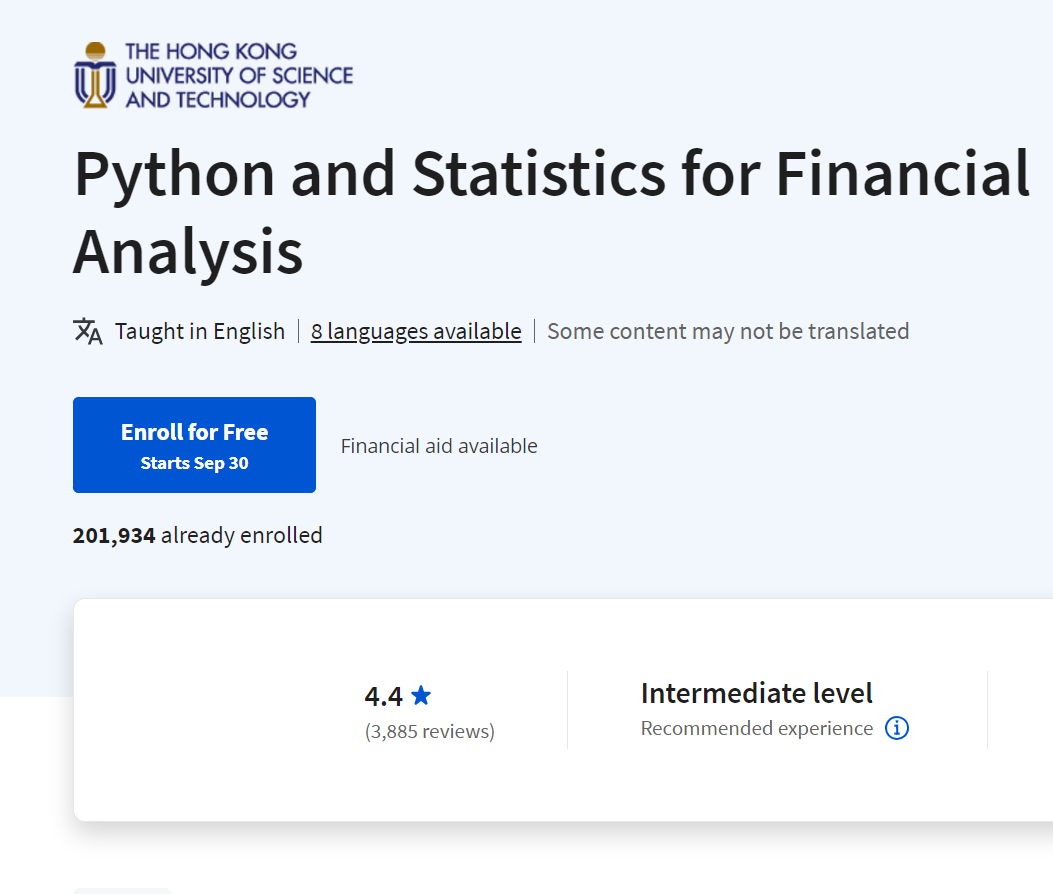What you'll learn
Describe the various types of Machine Learning algorithms and when to use them
Compare and contrast linear classification methods including multiclass prediction, support vector machines, and logistic regression
Write Python code that implements various classification techniques including K-Nearest neighbors (KNN), decision trees, and regression trees
Evaluate the results from simple linear, non-linear, and multiple regression on a data set using evaluation metrics
There are 6 modules in this course
Get ready to dive into the world of Machine Learning (ML) by using Python! This course is for you whether you want to advance your Data Science career or get started in Machine Learning and Deep Learning.
This course will begin with a gentle introduction to Machine Learning and what it is, with topics like supervised vs unsupervised learning, linear & non-linear regression, simple regression and more.
You will then dive into classification techniques using different classification algorithms, namely K-Nearest Neighbors (KNN), decision trees, and Logistic Regression. You’ll also learn about the importance and different types of clustering such as k-means, hierarchical clustering, and DBSCAN.
With all the many concepts you will learn, a big emphasis will be placed on hands-on learning. You will work with Python libraries like SciPy and scikit-learn and apply your knowledge through labs. In the final project you will demonstrate your skills by building, evaluating and comparing several Machine Learning models using different algorithms.
By the end of this course, you will have job ready skills to add to your resume and a certificate in machine learning to prove your competency.





s.PNG)


































.png)























